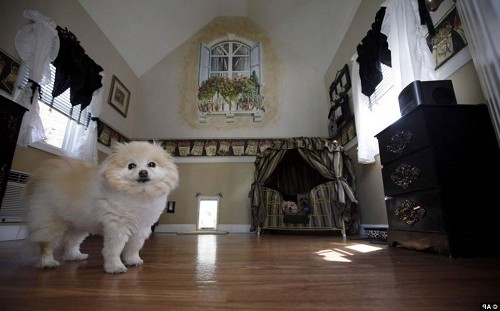 Can I do it myself?
Can I do it myself?
In theory, yes, but practically, this may be dangerous or rather, users have to bare a certain level of risk. Research found that up to 80% of the CCTV systems are installed but not fit for purpose, which means the captured footages are less likely to be usable in court of criminal cases. While Do-It-Yourself definitely comes with an affordable price, it is still recommended to consult or hire professional, since there are so many details that one need to pay attention to.
Nevertheless, if installing on your own is unavoidable, here are some important items that you should not miss on your list. Be careful of the types of equipment needed. It is suggested to have a check list before purchase and installation. Make sure that the purchase package contained cameras and TV lines, a player to review footages, and remote control.
Pay attention to the lenses of the cameras. If incorrect lenses are employed, it is near certain that police nor court is able to use those captured footages. There is a need for users to find out what is required of a video footage, to be usable as evidence. Similar concept applies to the choice of recorder. Be it DVR (digital video recorder) or NVR (network video recorder), there is a need to ensure all recorded footages are clear, items inside these footages are identifiable, and not misleading.
While installing, ensure cameras are appropriately placed. This can be done by listing down of all possible areas which users will like to be under constant surveillance. A common mistake for new users is they tend to place their cameras too close to the front or back doors, preventing them from seeing clearly who is entering or exiting the premise.
Aware of installation trends, it is common for users like to install their cameras at corners or meetings between roof and house walls, so that they are partially sheltered from sun, rain, or other weather conditions. Furthermore, installing cameras at high angles not only maximises capture, but also prevent it from being vandalised or being spotted at ease.
There is a need to understand how wiring works so that the cameras and recorders are working at its best. Be prepared that the wires will run through the house, or in the presence of an attic, that will be where most of the wires lie. It is also crucial to determine where the monitor and recorder are to be placed at the same time while wiring is taking place. This is because the venue of monitor and recorder will also be the destination of all wiring work.
Once installation is completed, there is a need to familiarise with the system, understanding how it works, and how to retrieve the recorded data etc. Last but not least, always ensure that the system one is about to install or had already installed succumb to local rules and regulations. Occasionally, inappropriate installation may also violate the privacy of neighbours or other people, which may lead to unwanted disputes.
Therefore, unless you are truly confident in taking care of each detail which comes with CCTV installation, it is still recommended to consult a relevant agent or expert.
